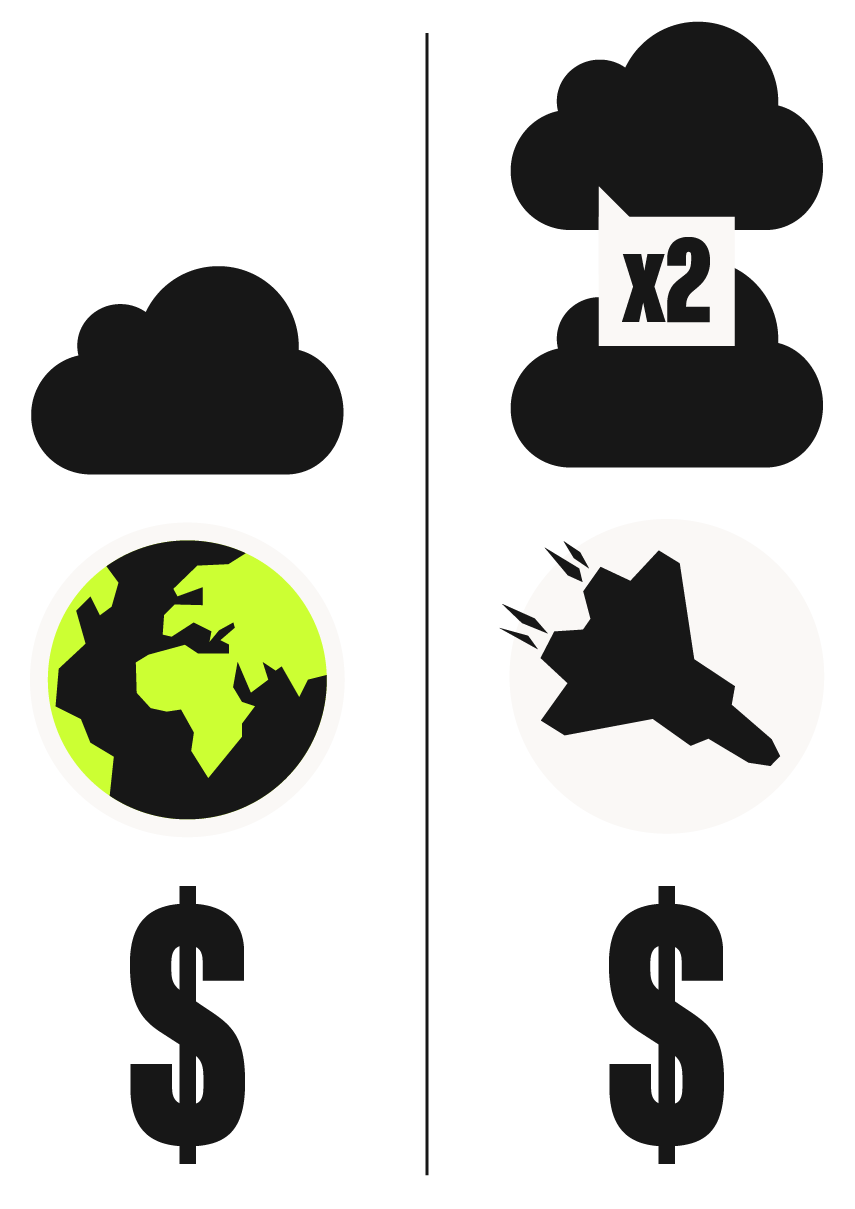DEMAND ACCOUNTABILITY AND ACTION AT COP30.
COP
▼
The world is seeing the highest number of countries in conflict since World War II, and beyond the immediate and horrifying humanitarian impacts of warfighting, armed conflicts generate huge emissions and the growing global arms race is driving military emissions higher.
In 2024, military spending hit $2.7 trillion. Each dollar spent on the military generates more than twice the greenhouse gas (GHG) emissions of a dollar spent elsewhere. Yet most countries report little to nothing of their military’s emissions in their reports to the UNFCCC. This gap undermines climate progress, and the true scale of emissions from military activity remains hidden.
Militaries are big polluters, responsible for an estimated 5.5% of global emissions. The rising military spending trend is alarming: Europe’s spending jumped more than 30% from 2021–24, while NATO members are reaching for military budgets at 5% of GDP which could cause up to $298 billion of climate damage per year. If current trends persist, global military spending could reach up to $6.6 trillion by 2035.
TO ADDRESS CLIMATE CHANGE, THIS “MILITARY EMISSIONS GAP” MUST BE CLOSED.
We call on governments to:
1.
Include military emissions in global carbon accounting:
We don’t know how much militaries are impacting climate action. This is a significant blindspot in climate policy and it has to change.
2.
Commit to military emissions reduction plans:
The Paris Agreement’s ambition to limit warming to 1.5°C is at risk. We need deep emissions reductions across the whole of society and this includes militaries.
3.
Fund climate action, diplomacy and peacebuilding over increasing military spending:
Governments are shifting funds from climate action and development aid into military budgets, driving emissions higher. This cycle has to end - governments must prioritise spending on peace and climate action.



